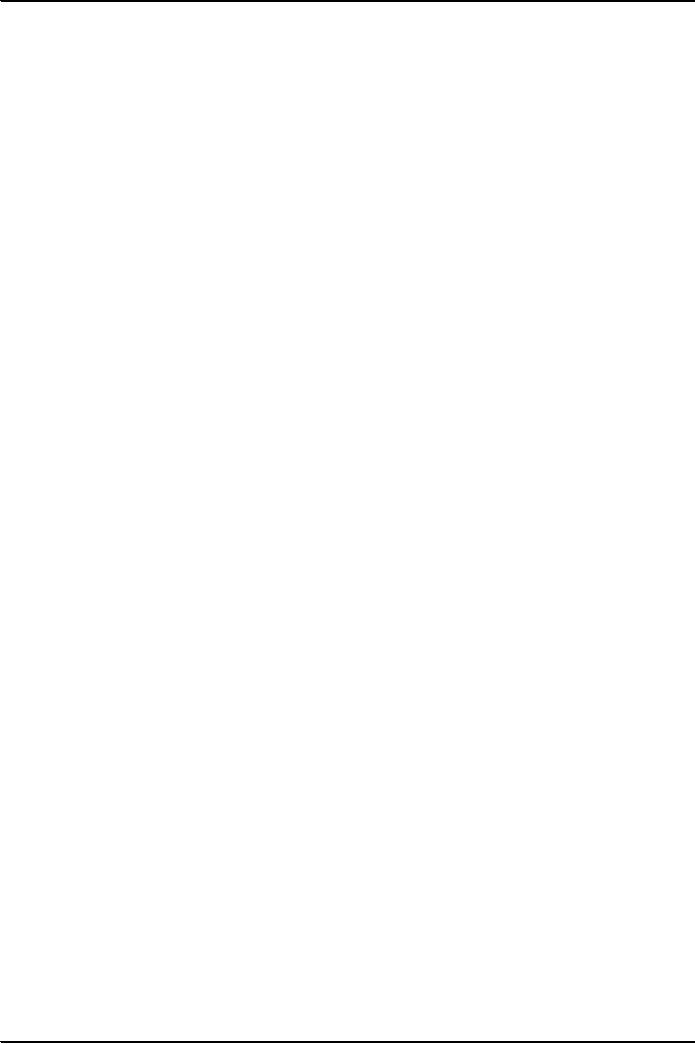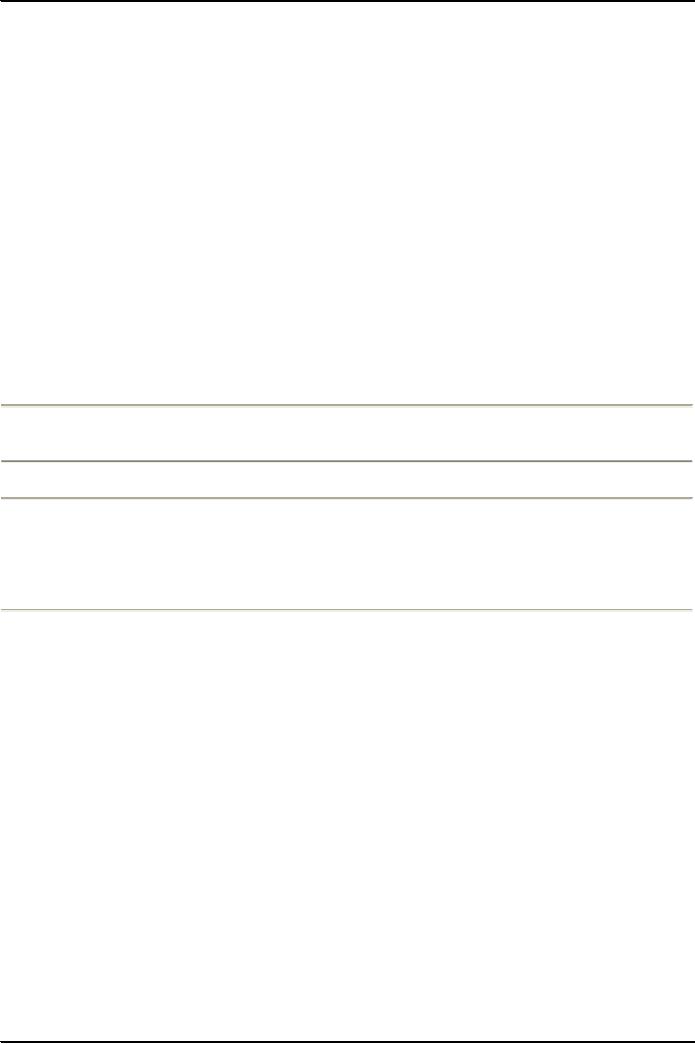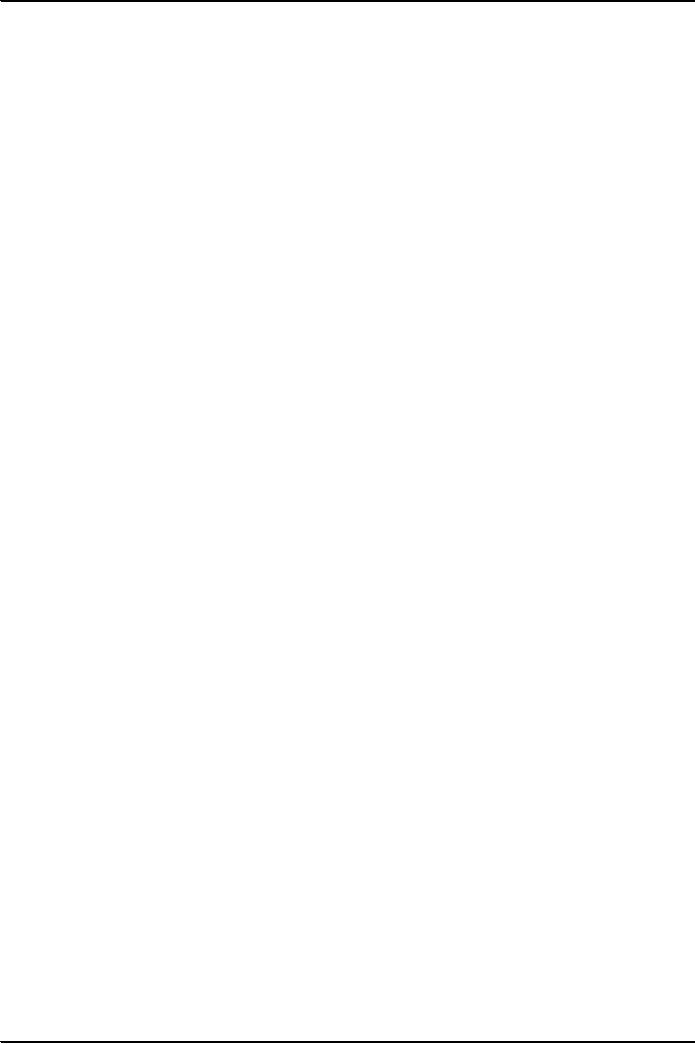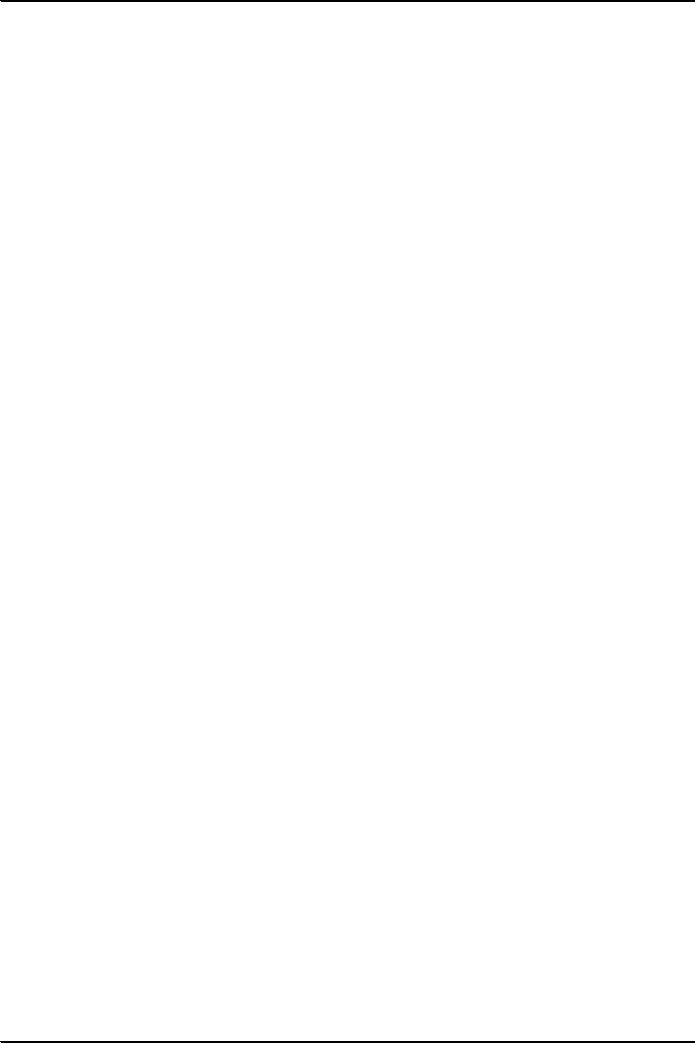 |
EXPLANATIONS OF CRIME -- CONTINUED:White-Collar Crime, Conflict Theory |
| << EXPLANATIONS OF CRIME:Sociological explanations |
| SOCIAL DISTRIBUTION OF CRIME: EXPLANATIONS, Gender and Crime >> |

Introduction
to Sociology SOC101
VU
Lesson
19
EXPLANATIONS
OF CRIME -- CONTINUED
Sociological
Explanations (continued)
Control
theory by W. Reckless
Inside
most of us, it seems, are
strong desires to do a lot of things that
would get us in trouble. Yet
most of
the
time we don't do these things. We mostly
keep them to ourselves, and the
temptation, urge, hostility,
or
desire
to do something passes. To explain this
restraint, Walter Reckless (1973)
developed control
theory.
According
to this theory two systems
work against our motivations
to deviate.
1.
Inner
control system: It
includes our internalized morality
--- call it conscience,
ideas of right and
wrong,
reluctance
to violate religious principles. It also
includes fears of punishment, feelings of
integrity,
and
the desire to be a `good' person.
2.
Outer
control system: It
involves groups --- such as
friends, family, sub-cultures, police
that influence
us
not to deviate.
How
strong are the controls, inner as well as
outer, determine deviancy of a
person.
Control
theory by T. Hirschi
Travis
Hirschi (1969) developed a control
theory, which states that
social control depends on imagining
the
consequences
of one's behavior. He assumes
that everyone finds at least
some deviance tempting. But
the
prospects
of a ruined career could be sufficient to
deter most people; for some
simply imagining the
reactions
of family and friends is enough. On the
other hand individuals who feel they
have little to lose
by
deviance
are likely to become
rule-breakers.
Hirschi
linked conformity to four
different types of social
control:
1.
Attachment.
Strong
social attachments encourage
conformity; weak relationships,
especially in the
family
and in school, leave people freer to
engage in deviance. An individual
can well understand
that
the deviance is likely to bring
bad name to his/her family;
therefore due to the strong
attachment
with the family he/she would
not violate the norms of
society.
2.
Opportunity.
The
greater the person's access to legitimate
opportunity, the greater the advantages
of
conformity.
By contrast, some one with
little confidence in future success is
more likely to drift
toward
deviance.
3.
Involvement.
Extensive
involvement in legitimate activities such as
holding a job, going to
school,
and
playing sports inhibits deviance.
People without these activities
have time and energy
for
deviant
activity.
4.
Belief.
Strong
belief in conventional morality
and respect for authority
figures restrain
tendencies
toward
deviance. People who have a
weak conscience have more
temptation to violate the
norms.
Strain
theory: How social values
produce crime
Functionalists
argue that crime is a
natural
part
of society. Some crime
represents values that lie
at the very
core
of society. To be employed is a social
value and thereby it can be a
culturally approved goal of
every
youth.
To achieve the goal a society
also specifies the culturally approved
means. The acceptance of
goals
and
the non-availability of culturally approved
means to achieve the goals
can create strain, and
can lead to
the
deviation from the norms.
The ineffectiveness of the norms to
control behavior is a situation of
anomie
or
norm-less-ness. As anomie
increases,
the amount of deviance rises to dysfunctional
levels.
R.
K. Merton (1968) pointed out
that the people who experience
strain are likely to feel
anomie, a
sense of
norm-less-ness.
Because the dominant norms
(for example work,
education) don't seem to be getting
them
anywhere,
they have difficult time identifying
with them. They may
even feel wronged by the system,
and
46

Introduction
to Sociology SOC101
VU
its
rules may seem illegitimate.
Matching culturally approved goals to
culturally approved means
creates
strain
and people deviate from the
norms. So
When
ever people perceive that they cannot
attain their life goals
through the use of legitimate (normative,
culturally permissible)
means
available they use
illegitimate
(culturally
not approved) means.
Look
at the following scenario in Pakistani
society:
Material
success: It is culturally defined
(approved) goal.
Education
Jobs: Culturally approved means to
pursue the goal.
Central
belief:
Egalitarian
ideology.
Access
to the approved means to achieve the
material success varies by the
social class structure. It
creates
stress
especially for the lower
class youth.
As
part of the survival youth will
look for success in getting
work through legitimate or illegitimate
means
because
"success (goal) is more
important than how (means)
success is achieved." For this purpose
they
could
adopt different ways, and
Merton called these as modes
of adaptation.
Modes
of Adaptation: How people match
their goals to their
means
Feel
stress
That
leads to anomie
mode
of adaptation
Cultural
Goals Cultural means
No
Conformist
Accept
Accept
Innovators
Accept
Reject
Ritualists
reject
Accept
Yes
Retreatists
Reject
Reject
Rebels
Reject/accept
Reject/accept
Innovation:
Robbery, burglary, drugs.
Ritualism:
Lack of interest in success but
supports the means.
Retreatism:
Escapism, narcotic addiction
Rebellion:
Vandalism, senseless violent crimes
(counter culture).
Access
to higher education and eventually to
good job or career is
available to class members is
known.
There
are obstacles for certain
class or an ethnic group. How to over
come these obstacles? So
they
disregard
some norms because the lower
class chap knows that it is
simply impossible to follow the
normative
means to reach the
goal.
Labeling
theory by Howard S.
Becker
According
to labeling
theory it is
assumed that deviance
and conformity result not so
much from what people do as
from
how others respond to these
actions. People
may define the same behavior in number of
ways, hence
deviance
is a relative concept and is determined by the
society.
Hence
deviance is not a set
of
characteristics
of individuals or groups but it is a
process of interaction between
deviants and non-deviants.
These
are the reactions of social
audiences to alleged acts of
deviance.
Why
some people come to be tagged
with a `deviant' label? Why
some acts, ideas, feelings,
attribute is considered as
deviant?
Once a
child is labeled as delinquent, he is
stigmatized
as a criminal.
According to Becker,
`deviant
behavior'
is behavior that people so label.
Deviant behavior itself is
not the determining factor in
becoming
deviant.
It all depends on whether or not a
person is labeled as deviant.
47

Introduction
to Sociology SOC101
VU
The
link between the behavior
and the label is conditional, not
automatic. A
crucial condition is having
the power
to
resist being labeled for
alleged/or actual deviant
behavior. Deviant behavior is
behavior that people so
label. Labeling itself
is
means
to amplification.
Labeling
not only affects how
others see an individual, but
also influences his sense of
self-identity.
Individual
accepts
the label and acts as deviant
and also learns to be a
deviant.
Deviancy
Amplification: Deviant identity
may start the process of
deviancy amplification i.e.
Unintended
consequences
that can result when, by
labeling a behavior as deviant, an agency of
control actually provokes
more
of that same deviant
behavior. The labeled person
incorporates the label into his/her
identity through
secondary
deviance and resists change
to conformity
Illegitimate
Opportunity: Explaining Social
Class and Crime
One
of the interesting sociological findings in the
field of deviance is that
social classes have distinct
styles
of
crime. Most delinquent youth
emerge from the lower
working class. The boys
most at risk are
those
who
have internalized middle class
values and have been
encouraged, on the basis of their
ability, to aspire
toward
middle class future. When
such boys are unable to
realize their goals, they
are particularly prone to
delinquent
activity. The delinquent
gangs arise in sub-cultural communities
where the chances of
achieving
success
legitimately are small. Lack of
opportunity for success in the
terms of wider society is the main
differentiating
factor between those who
engage in criminal behavior and
those who do not.
Failure
of the lower class boys
makes them open alternative doors to
meeting their needs, and
these new
avenues
have been referred to as illegitimate
opportunity structures (Cloward and
Ohlin, 1960). They go
for
robbery,
burglary, drug dealing, prostitution,
and other remunerative crimes. They
develop their own
subcultures.
White-Collar
Crime
The
other social classes are
not crime-free, but they
find a different type of opportunity
structure. For them
other
forms of crime are functional.
The more privileged classes
avail opportunities for
income tax
cheating,
bribery of public officials,
embezzlement, and false advertising.
Sutherland coined the term
white-collar
crime to refer to
crimes that people of respectable
and high social status
commit in the
course
of their occupations.
Although
the general public seems to
think that the lower classes
are more prone to crime,
studies show
that
white-collar workers also commit
many crimes. This difference in perception is
largely based on
visibility.
While the crimes committed by the poor
are given much publicity, the
crimes of the more
privileged
classes seldom make the news
and go largely unnoticed.
Conflict
Theory
According
to Marxist thinkers, deviance is deliberately
chosen and is political in
nature. They rejected the
idea
that deviance is `determined' by
factors such as biology, personality,
anomie, or labels. They
argued,
individuals
actively choose to engage in deviant
behavior in response to the inequalities of the
capitalist
system.
Thus, members of the `counter-cultural'
groups regarded as `deviants'
engage in distinctly
political
acts,
which challenge the social
order. Such acts may
take the form of kidnapping,
mugging, and terrorism.
Conflict
theorists considered crimes as a
disguised form of protest against
inequality, injustice, power,
and
political
system.
Conclusions
Despite
the fact that crime is only
one subcategory of deviant behavior as a
whole, it covers such a variety
of
forms of activity from shoplifting
a bar of chocolate to mass murder
which it is unlikely that
we
could
produce a single theory that
would account for all forms
of criminal conduct.
48

Introduction
to Sociology SOC101
VU
The
contributions of the sociological
theorists of crime are two
fold. First, these theories
correctly
emphasize
the continuities between criminal and
`respectable' behavior. The
contexts in which particular
types
of activity are seen as criminal
and punishable by law vary
widely. This is almost certainly linked
to
question
of power and inequality within
society. Second all agree
that context is important in
criminal
activities.
Whether someone engages in criminal act
or comes to be regarded as criminal is
basically
influenced
by social learning and by social
surroundings.
49
Table of Contents:
- THE ORIGINS OF SOCIOLOGY:Auguste Comte, The Fields of Sociology
- THE SOCIOLOGICAL PERSPECTIVE:Society affects what we do
- THEORETICAL PARADIGMS:Salient Paradigms, Critical Evaluation
- SOCIOLOGY AS SCIENCE:Empirical, Verifiable, Cumulative, Self-Correcting
- STEPS IN SOCIOLOGICAL INVESTIGATION:Exploration/Consultation
- SOCIAL INTERACTION:Social Status, ROLE, The Social Construction of Reality
- SOCIAL GROUPS:Primary and Secondary Groups, Reference Group, Networks
- ORGANIZATIONS:Utilitarian Organizations, Coercive Organizations
- CULTURE:Universality, Components of Culture, Symbols, Language
- CULTURE (continued):Beliefs, Norms, Cultural Diversity
- CULTURE (continued):Culture by social class, Multiculturalism, Cultural Lag
- SOCIALIZATION: HUMAN DEVELOPMENT, NATURE, Social Isolation
- UNDERSTANDING THE SOCIALIZATION PROCESS
- AGENTS OF SOCIALIZATION:The Family, The School, Peer Groups, The Mass Media
- SOCIALIZATION AND THE LIFE COURSE:CHILDHOOD, ADOLESCENCE
- SOCIAL CONTROL AND DEVIANCE:Crime, Deviants, Stigma, Labeling
- THE SOCIAL FOUNDATIONS OF DEVIANCE:Cultural relativity of deviance
- EXPLANATIONS OF CRIME:Sociological explanations
- EXPLANATIONS OF CRIME -- CONTINUED:White-Collar Crime, Conflict Theory
- SOCIAL DISTRIBUTION OF CRIME: EXPLANATIONS, Gender and Crime
- SOCIAL STRATIFICATION: INTRODUCTION AND SIGNIFICANCE
- THEORIES OF CLASS AND STRATIFICATION – I:Critical evaluation
- THEORIES OF SOCIAL CLASS AND STRATIFICATION – II
- THEORIES OF CLASS AND SOCIAL STRATIFICATION – III
- SOCIAL CLASS AS SUBCULTURE
- SOCIAL MOBILITY:Structural factors, Individual factors, Costs
- THE FAMILY: GLOBAL VARIETY, Marriage Patterns, Patterns of Descent
- FUNCTIONS OF FAMILY:Reproduction, Social placement
- FAMILY AND MARRIAGE IN TRANSITION:Family is losing functions
- GENDER: A SOCIAL CONSTRUCTION, Gender socialization
- GENDER SOCIALIZATION:Role of family, Gender Stratification
- EXPLANATIONS OF GENDER INEQUALITY:Conflict Explanations, Feminism
- FUNCTIONS OF SCHOOLING:Cultural Innovation, School Tracking
- ISSUES IN EDUCATION:Low Enrollment, High Dropout, Gender Disparity
- POPULATION STUDY AND ITS SIGNIFICANCE:Crude Birth Rate
- THEORY OF POPULATION GROWTH:Theory of Demographic Transition
- POPULATION PROFILE OF PAKISTAN:World Population Growth
- POPULATION PROFILE OF PAKISTAN (Continued):Age Distribution, Sex Composition
- IMPLICAIONS OF POPULATION GOWTH:Additional GDP needed per year
- POPULATION POLICY:Goals of Population Policy, Objectives, Strategies
- ENVIRONMENT AND SOCIETY:Global Dimension, Historical Dimension
- ENVIRONMENTAL ISSUES:Preserving Clean Water, Clearing the Air
- SOCIAL CHANGE:Social change is controversial.
- CAUSES OF SOCIAL CHANGE:Culture and Change, Conflict and Change, Modernization
- MODERNITY AND POST MODERNITY:Cultural Patterns, Post-modernity